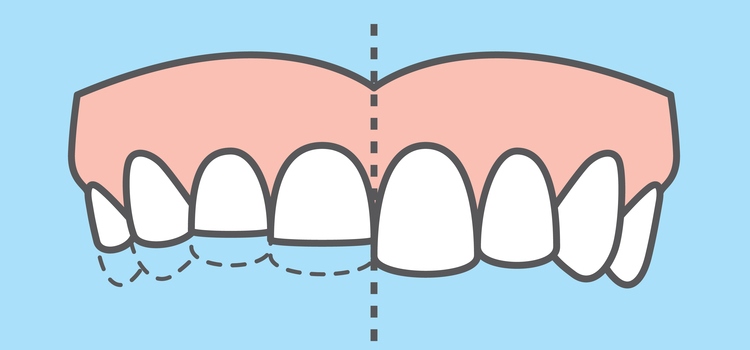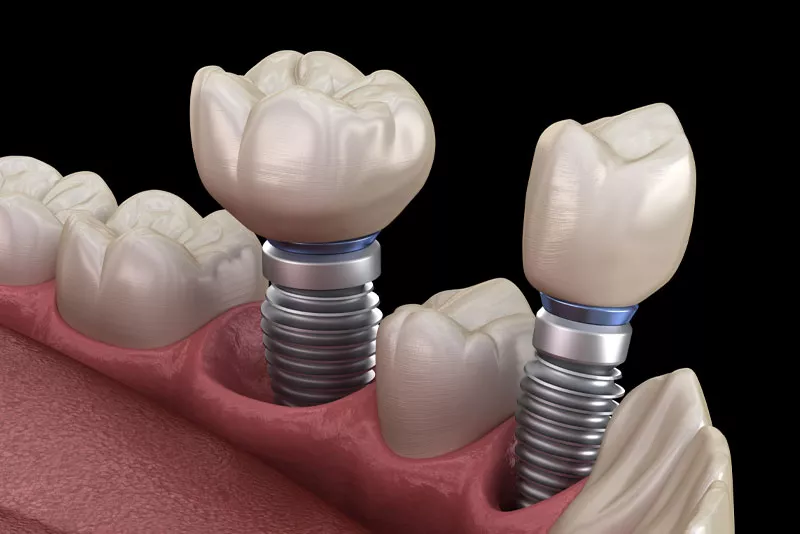
Whitening your teeth can be a great way to give yourself a confidence boost and smile brighter. With a variety of options available as well as increasing accessibility to teeth whitening kits, many have undergone the cosmetic procedure to reduce teeth discoloration and improve the appearance of their smile.
However, it’s not uncommon for people to experience teeth pain after whitening. This discomfort can range from mild sensitivity to severe pain, and it can be a source of frustration and concern. If you are reading this article, you must be experiencing extreme pain after the whitening procedure.
Fortunately, there are several methods you can do to reduce teeth sensitivity and alleviate the pain. In the rest of this aritcle, we will explore the reasons why teeth pain can occur after whitening, as well as offer tips on how to manage it effectively.
How Teeth Whitening Works
Teeth whitening is a popular and effective way to remove stains and discoloration that are caused by various factors, such as aging, smoking, and consumption of certain foods and beverages like coffee, tea, and red wine.
Teeth whitening work primarily through the use of a bleaching agent such as hydrogen peroxide or carbamide peroxide. These agents penetrate the surface of the tooth enamel and break down the stain into smaller, less visible molecules.
In general, there are two main types of teeth whitening procedures: at-home whitening and in-clinic whitening.
At-home whitening involves the use of custom-made trays or pre-filled strips that are being worn on the teeth for a period of time. The duration typically range anywhere from 15 minutes to an hour depending on the concentration of the bleaching gel. The gel are of a much lower concentration than what is used during in-clinic teeth whitening. Thus, to achieve any visible results may require multiple at-home whitening treatments over the course of several weeks.
In-clinic teeth whitening, on the other hand, is done at a dental clinic by a dental professional. The procedure involves the application of a high-concentration of bleaching gel on the teeth, followed by the shining of a UV light to activate and speed up the whitening reaction. The treatment usually takes around 1 to 2 hours and can produce significant improvement in a single session.
While teeth whitening is generally considered safe and effective, there are some potential risks and side effects to be aware of. One of the most common side effects is tooth sensitivity, which can occur during and after the treatment.
Pain After Teeth Whitening
There are numerous reasons why you are experiencing pain after a teeth whitening treatment.
First of all, it may be that the bleaching agent has permeated through the enamel and dentin to reach the tooth pulp where the nerves are located. According to an article published by the Journal of Endodontics, traces of hydrogen peroxide can be found in the pulp 15 minutes after it was applied on the tooth enamel. When this happens, the nerves are stimulated, sending an overwhelming amount of pain signals to the brain.
You may be interested in: Why Won’t My Teeth Whiten? All You Need to Know About Teeth Whitening
Secondly, when the bleaching agent is improperly applied, it may seep to the gums and cause irritation. This may lead to gum reactions such as swelling, redness, and inflammation. The pain is more intense if you are experiencing gum recession as the bleaching agent can reach the exposed tooth root.
It is important to know that the severity of the sensitivity (and pain) is correlated to the concentration of the bleaching agent used. As such, an in-clinic whitening treatment will cause higher sensitivity and pain than at-home treatment.
Managing Pain From Teeth Whitening
It is common for patients to experience discomfort and increased tooth sensitivity after any teeth whitening treatment. While most pain will subside after the first 24 to 48 hours, there are several things that you can do during the period to alleviate the pain.
- Take over-the-counter (OTC) pain reliever. OTC pain reliever such as ibuprofen work well to reduce pain and discomfort you may experience after a teeth whitening treatment. Whenever possible, avoid prescription opioids such as codeine or morphine as they may cause side effects such as nausea or slowing of the heart rate.
- Avoid hot and cold food. Any hot or cold food can exacerbate tooth sensitivity and cause more pain. As such, avoid them during the first 24 hours to give your teeth and gum more rest
- Avoid acidic food. The consumption of acidic food can weaken and erode the enamel. This especially so during the first two days after your teeth whitening as the teeth is still recovering from the treatment.
- Use desensitizing toothpaste. These specially formulated toothpaste contain active ingredients such as potassium nitrate that block the tubules in the dentin layer or reduce the sensation, thereby reducing tooth sensitivity.
- Stop any ongoing whitening treatment. If you are doing at-home teeth whitening, you should stop the treatment and wait for a few days before resuming. This gives time for your teeth and gum to rest and recover from any irritation caused by the bleaching gel.
If the teeth sensitivity aggravates or persists for over 5 days, do consult your dentist or a dental professional as it may be signs of something more serious. They are able to examine your teeth and provide an expert opinion on the cause of the teeth sensitivity. Treatment, such as dental bonding or fluoride treatment may be necessary to cover any exposed roots and reduce teeth sensitivity.
If you already suffer from teeth sensitivity, the teeth whitening treatment will only aggravate the condition and cause more pain.









